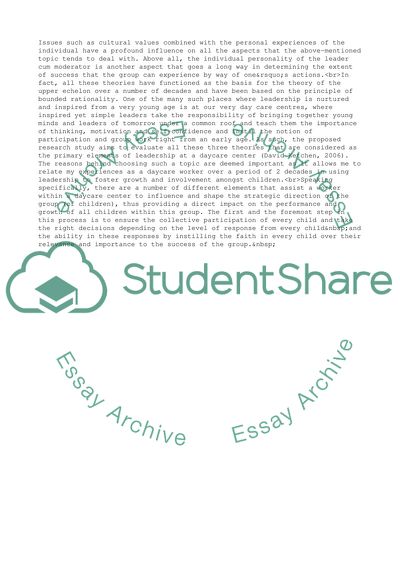Cite this document
(“The Impact of Leadership on the Growth and Performance Research Paper”, n.d.)
The Impact of Leadership on the Growth and Performance Research Paper. Retrieved from https://studentshare.org/management/1726293-leading-at-the-upper-echelon
The Impact of Leadership on the Growth and Performance Research Paper. Retrieved from https://studentshare.org/management/1726293-leading-at-the-upper-echelon
(The Impact of Leadership on the Growth and Performance Research Paper)
The Impact of Leadership on the Growth and Performance Research Paper. https://studentshare.org/management/1726293-leading-at-the-upper-echelon.
The Impact of Leadership on the Growth and Performance Research Paper. https://studentshare.org/management/1726293-leading-at-the-upper-echelon.
“The Impact of Leadership on the Growth and Performance Research Paper”, n.d. https://studentshare.org/management/1726293-leading-at-the-upper-echelon.


